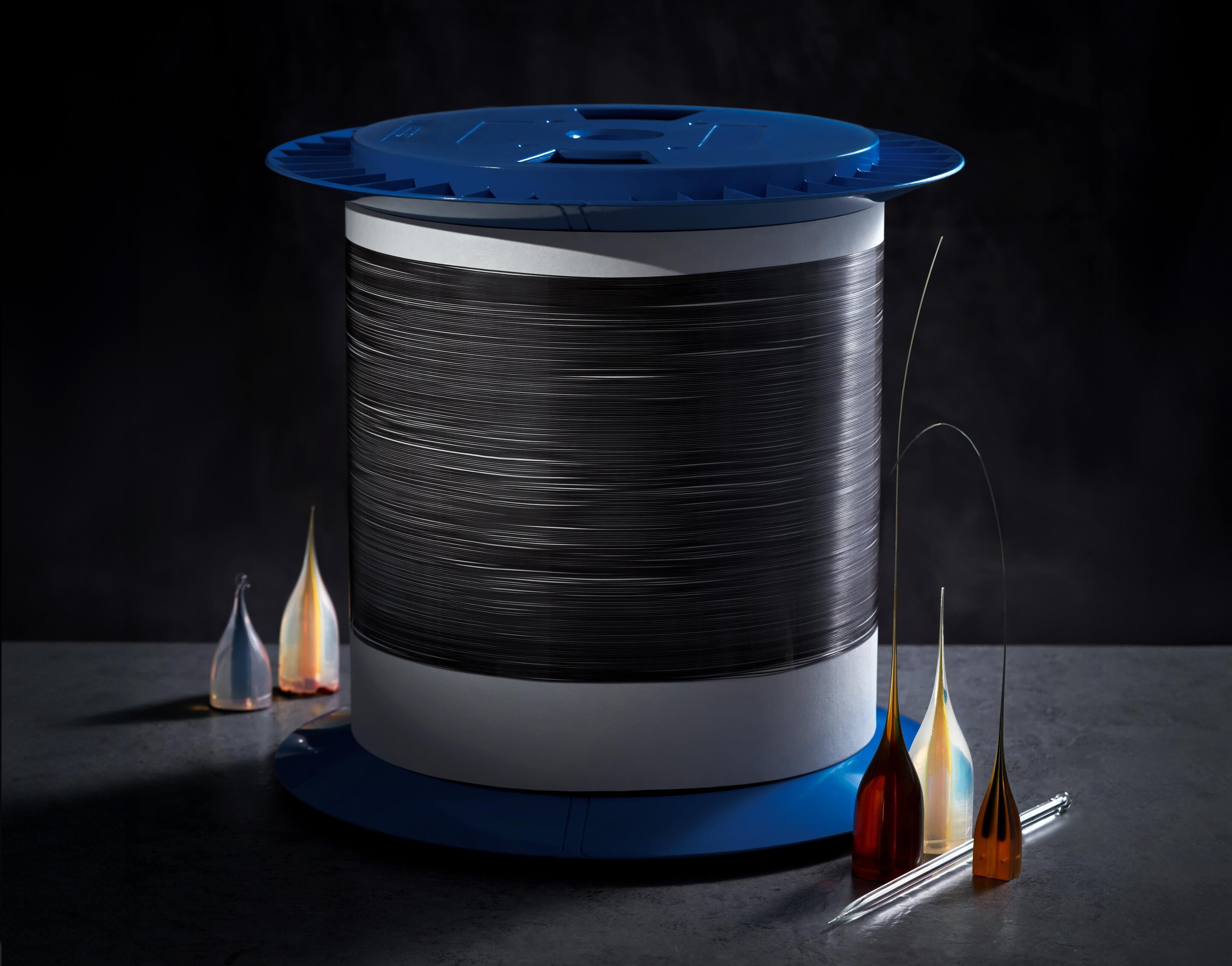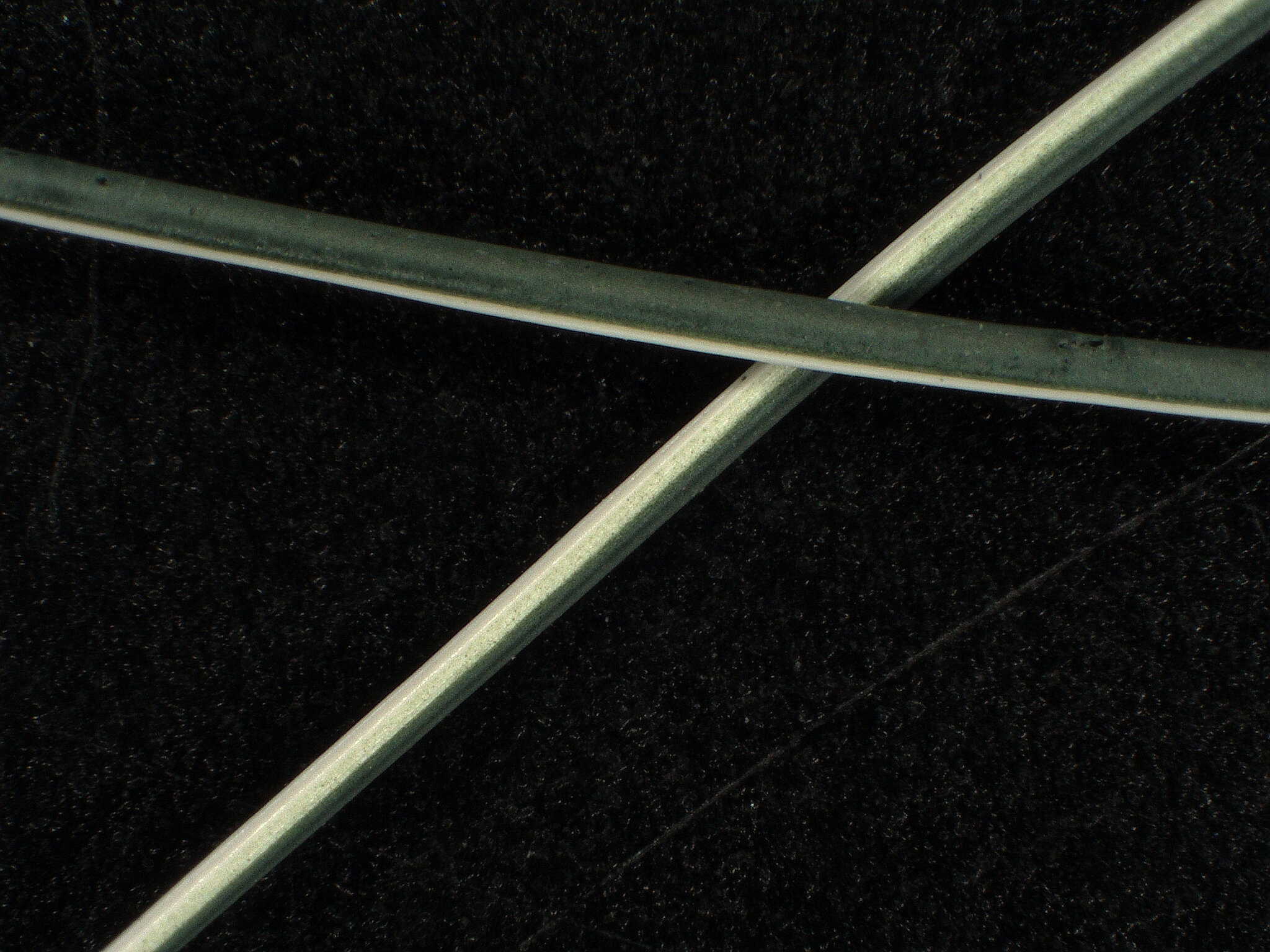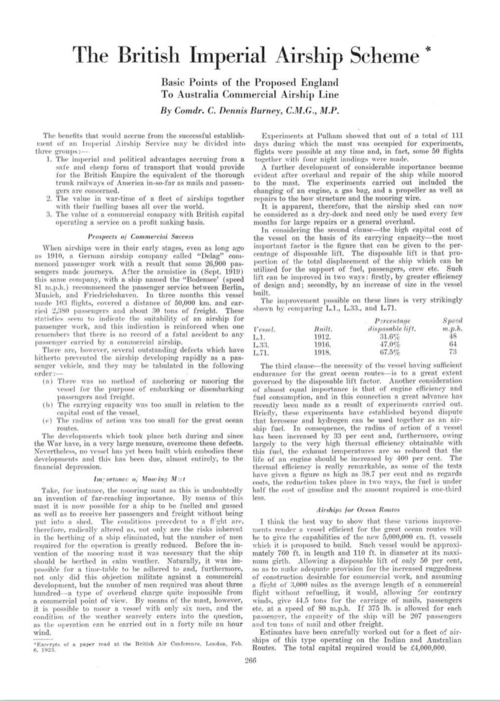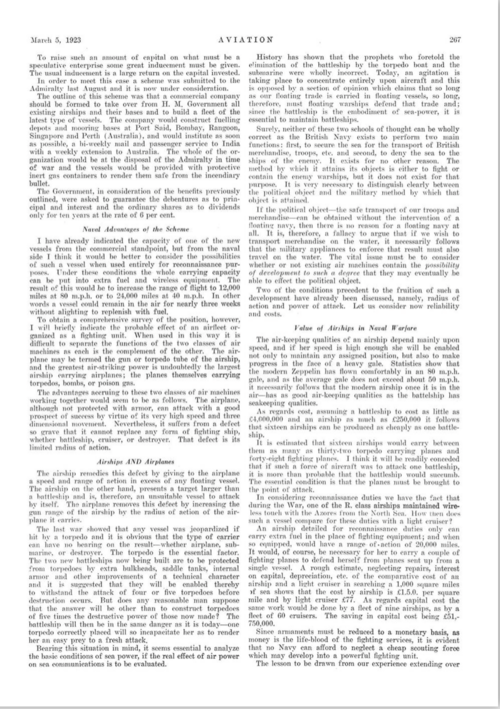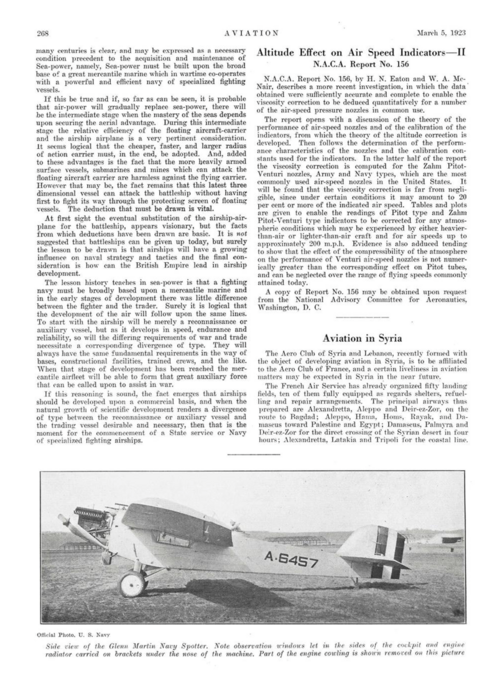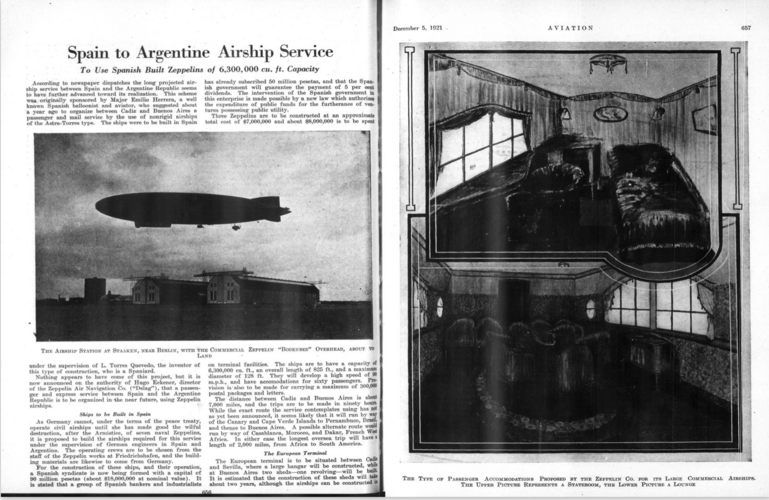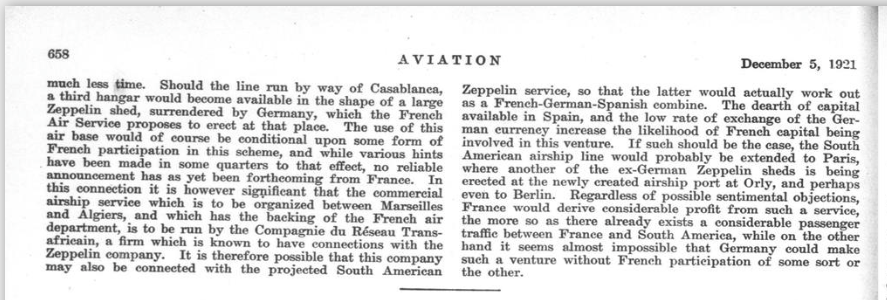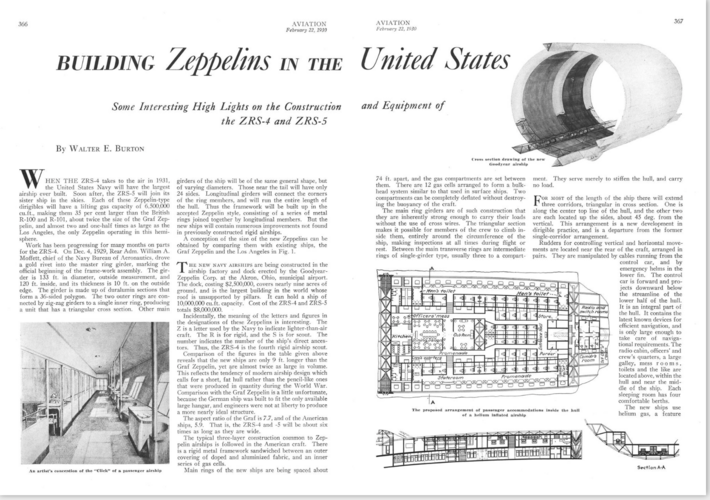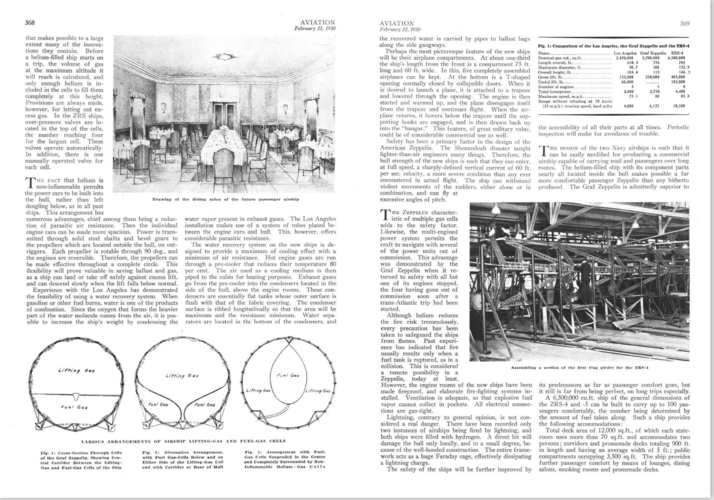Although I have not any particularly great interest in airships, they have always held something more than a casual curiosity for me.
Like the great trans-Atlantic ocean liners (the ‘ships of state’) they remind one of an era of adventure and style - something that seems to be seriously lacking in the modern world…
As we now know, to have made airships safer would have required the use of helium instead of hydrogen, but I think I am correct here, the only major producer of helium at this time was the United States so it was not easy to come by (or cheap) by comparison to hydrogen.
Of course, airships were subject to the vagaries of weather which could be very disconcerting for passengers if caught in severe weather.
However, for the period they were in vogue, IF the alternate gas had been more readily available, then, although they would still have inevitably been over-taken by heavier than air machines, it could well have been a ‘Golden Age’.



